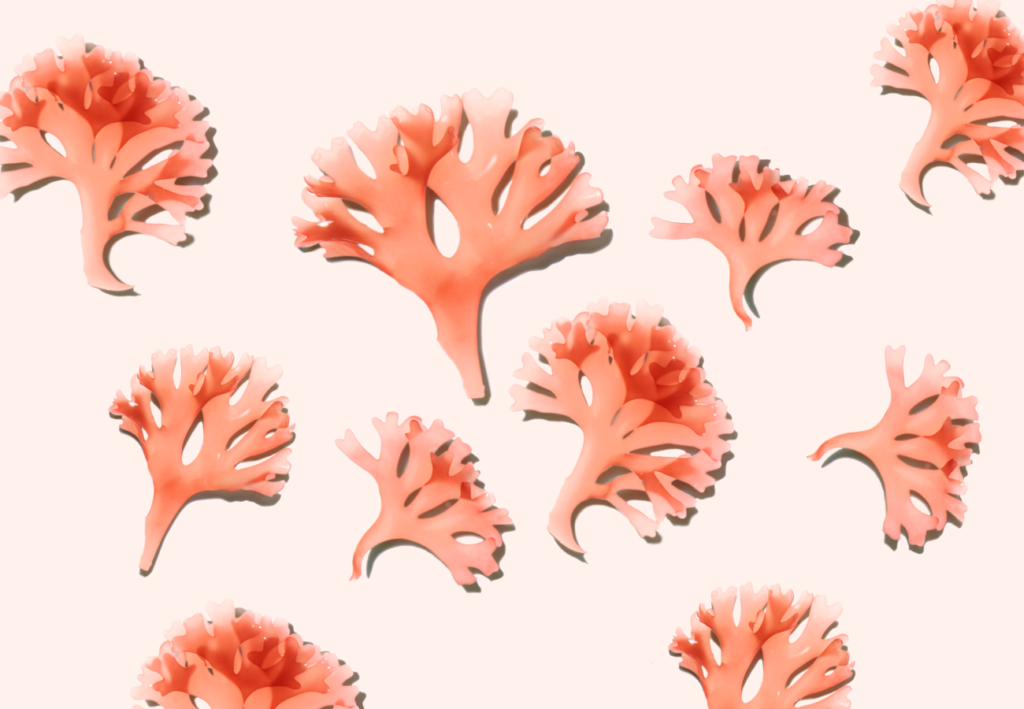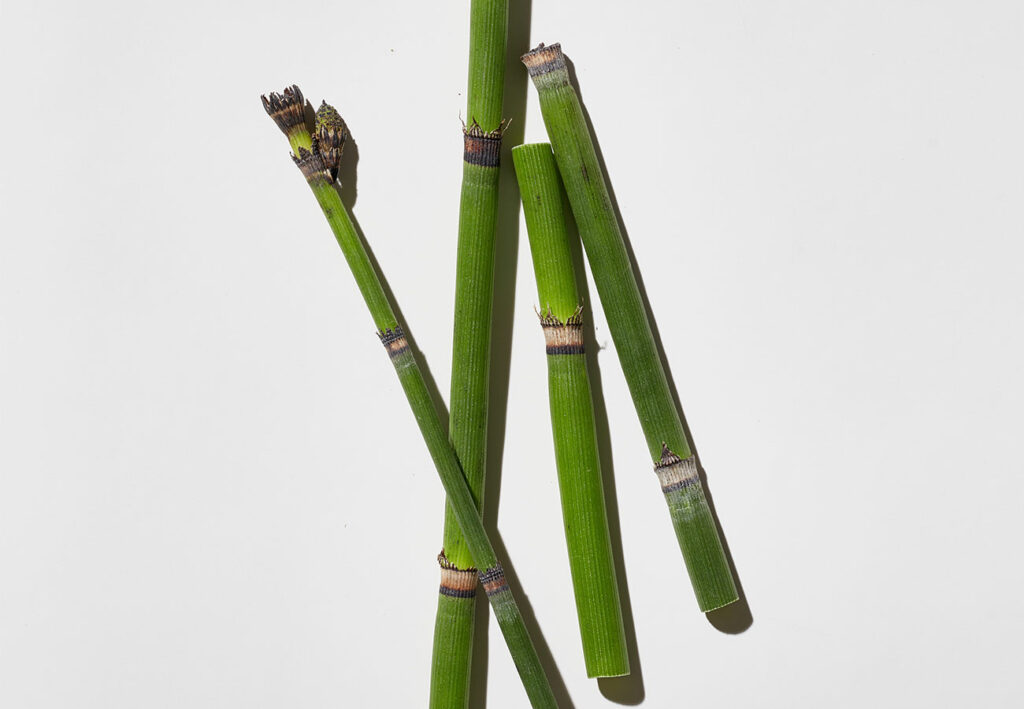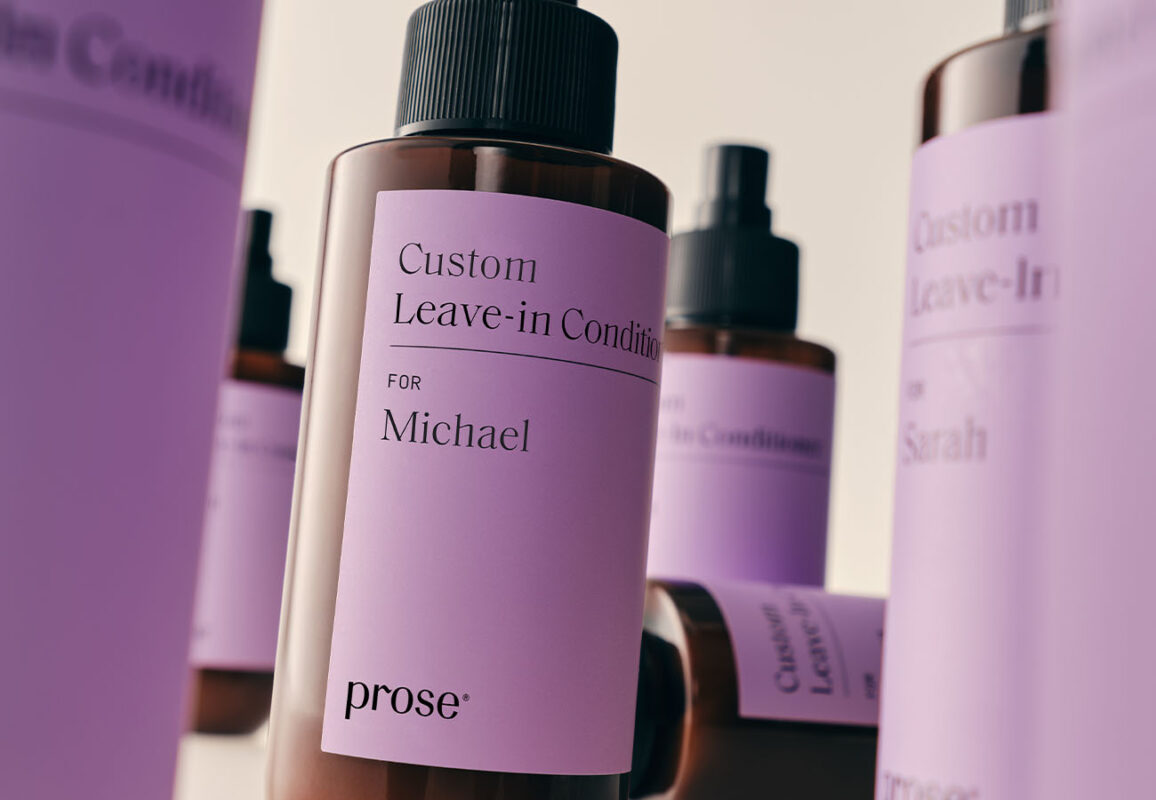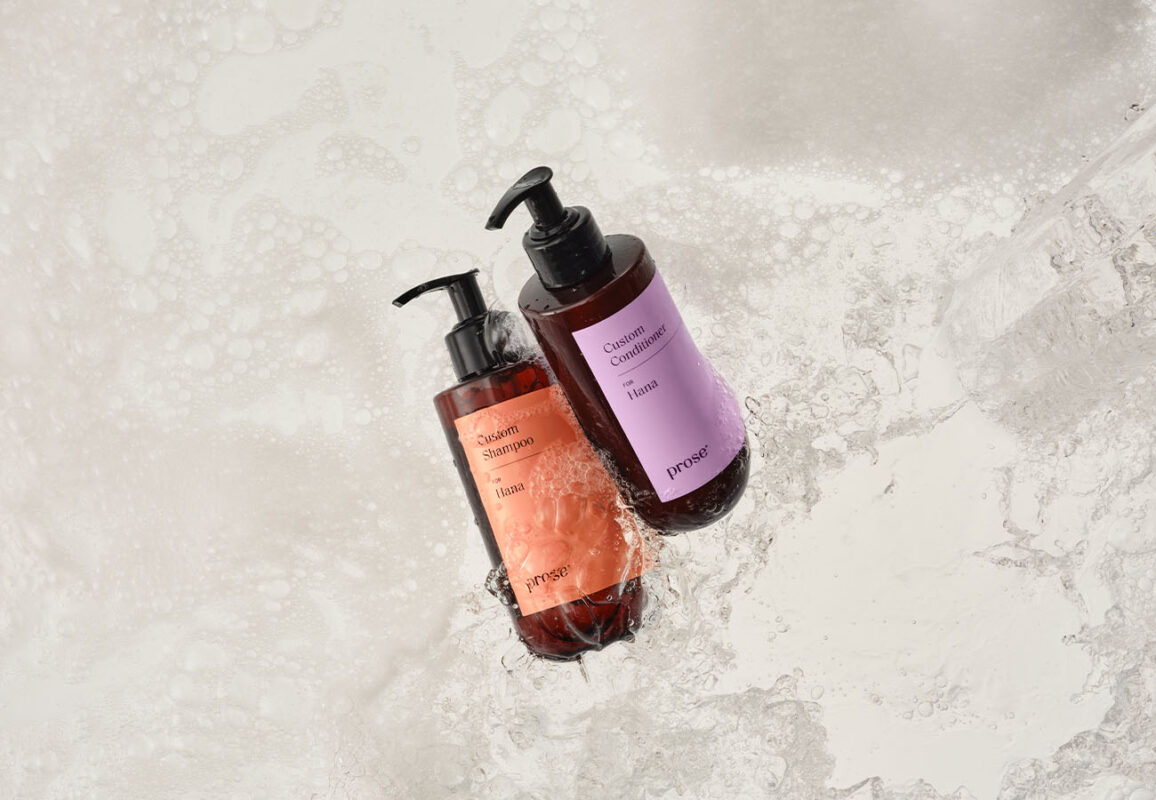How do you know if you have 3A curls? What distinguishes one hair type from the next? Identifying your unique curl pattern unlocks the secret to nurturing your curls effectively.
Ranging from tightly coiled corkscrews to soft, flowing ringlets, the spectrum of curly hair is vast. 3A curls, the first of the Type 3 curl category, are distinctively characterized by their blend of large, loose waves and curls that form a bouncy well-defined “S” pattern.
This hair type straddles the line between the wavy patterns of Type 2C and the curly nature of Type 3A, which often causes confusion. Unlike the tighter and smaller spirals of Type 3B or the zigzag patterns of Type 3C, 3A curls are typically composed of springy ringlets with a circumference of ½ – 1-inch thick, setting them apart from the looser waves of Type 2 hair.
Nourishing Your 3A Hair
Hydration is crucial for maintaining the health and definition of 3A curls. These curls thrive on moisture, as they help to maintain their elasticity and prevent frizz, allowing them to retain a beautiful well-defined shape. Hydrated curls are less prone to tangling and breakage, which is essential for the overall health of the hair. Implementing a hydration-focused routine, including water-based products and regular conditioning, can ensure that 3A curls remain vibrant and resilient.
3A curls are often voluminous, though they can struggle with maintaining definition without the right care. Choosing the right hair products is crucial to provide moisture without weighing down the curls, enhance definition, and ensure your curls’ health.
Always use a moisturizing conditioner after shampooing. Detangle gently using a wide-tooth comb or your fingers while your hair is still wet and conditioned. This helps prevent breakage and frizz.
For deeper nourishment, which is essential for 3A hair, apply a leave-in conditioner or a weekly deep-conditioning treatment. Regular deep conditioning treatments are vital for restoring hydration and maintaining the health of curly hair.
Overcoming 3A Challenges
Similar to other curly hair types, 3A curls are susceptible to damage, frizz, and dryness, and they can also lose their volume easily. Effective care for 3A hair to manage these problems involves specific care routines and selecting products specifically designed to define curls while providing hydration and smoothness without causing heaviness.
Give this basic haircare routine a go to help keep your 3A curls healthy, hydrated, and well-defined:
Washing
Avoid excessively drying products on your hair, such as those containing sulfates. Curly hair tends to be on the drier side already, so opt for hydrating sulfate-free shampoo products that contain natural moisturizers like aloe vera, shea oil, or coconut oil. These ingredients help maintain moisture without stripping natural oils from your curls.
Aim to wash your hair once a week, or consider incorporating co-washing into your routine to refresh your hair between washes without stripping moisture.
Moisturize Properly
Keeping 3A curls well-moisturized is crucial to combat frizz and dryness. Use a hydrating conditioner regularly, and don’t skip weekly deep conditioning treatments. Products enriched with natural oils and butter can provide the necessary hydration without weighing down the curls.
Condition Before Detangling
Apply a generous amount of conditioner to wet hair. This will provide slip, which helps the comb glide through the curls more easily, reducing the risk of snagging and breaking the hair.
Use The Right Tools
Opt for a wide-tooth comb or a specialized detangling brush designed to gently separate curls without pulling too hard, which can cause breakage. Always start detangling from the ends of your hair and gradually work your way up to the roots. This method prevents creating larger knots and reduces tension on the hair shaft.
Be Gentle
Given that curly hair tends to be more susceptible to breakage, it’s crucial to handle your curls with care. Instead of a normal towel, opt for air drying or use a microfiber towel or cotton T-shirt to gently scrunch and absorb water. Plopping your hair can also help to define curls while reducing drying time.
Diffuse With Heat Protection
If you need to use a blow dryer, attach a diffuser and set it to a low heat and speed setting to avoid disrupting the natural curl pattern… This helps to evenly distribute the heat, reducing frizz and enhancing curl definition without causing excessive dryness.
Apply Product Correctly
Apply styling products when the hair is still damp. This helps to lock in moisture and define curls. Using products like curl creams or gels can help in defining the curls and controlling frizz, especially when applied using techniques that enhance clumping and curl formation, such as praying hands or scrunching.
Protect and Preserve
Protect your 3A curls with a silk or satin, scarf, bonnet, or pillowcase at night to reduce friction and help maintain hydration, preventing breakage and frizz.
Maintain Regular Trims
Keeping your hair trimmed regularly helps prevent tangles and knots from forming in the first place. This reduces the need for aggressive detangling, which can harm your curls.
Styling 3A Hair Curls
To define and enhance the natural pattern of your 3A curls, use curl creams, gels, and/or mousses that include ingredients like argan oil or avocado oil. These not only boost curl definition but also provide a healthy shine, flexible hold, and long-lasting hydration without the added stiffness or crunch.
Apply products to damp hair to help define the curls as they dry. Experiment with techniques like scrunching or plopping to enhance curl formation and see what works best for you and your unique curls.
For a more effortless approach, the wash-and-go technique is ideal for those who want to enhance their natural curls without too much fuss, allowing the curls to air dry in their intrinsic beautiful way.
Do Right by Your 3A Hair Type
Embrace the journey of nurturing and styling your 3A curls with confidence and joy. Through our personalized consultation process at Prose, discover the tailored care your curls deserve. With the right routine and styling techniques, you can unlock the full potential of your curls, celebrating their natural beauty and individuality every day.





